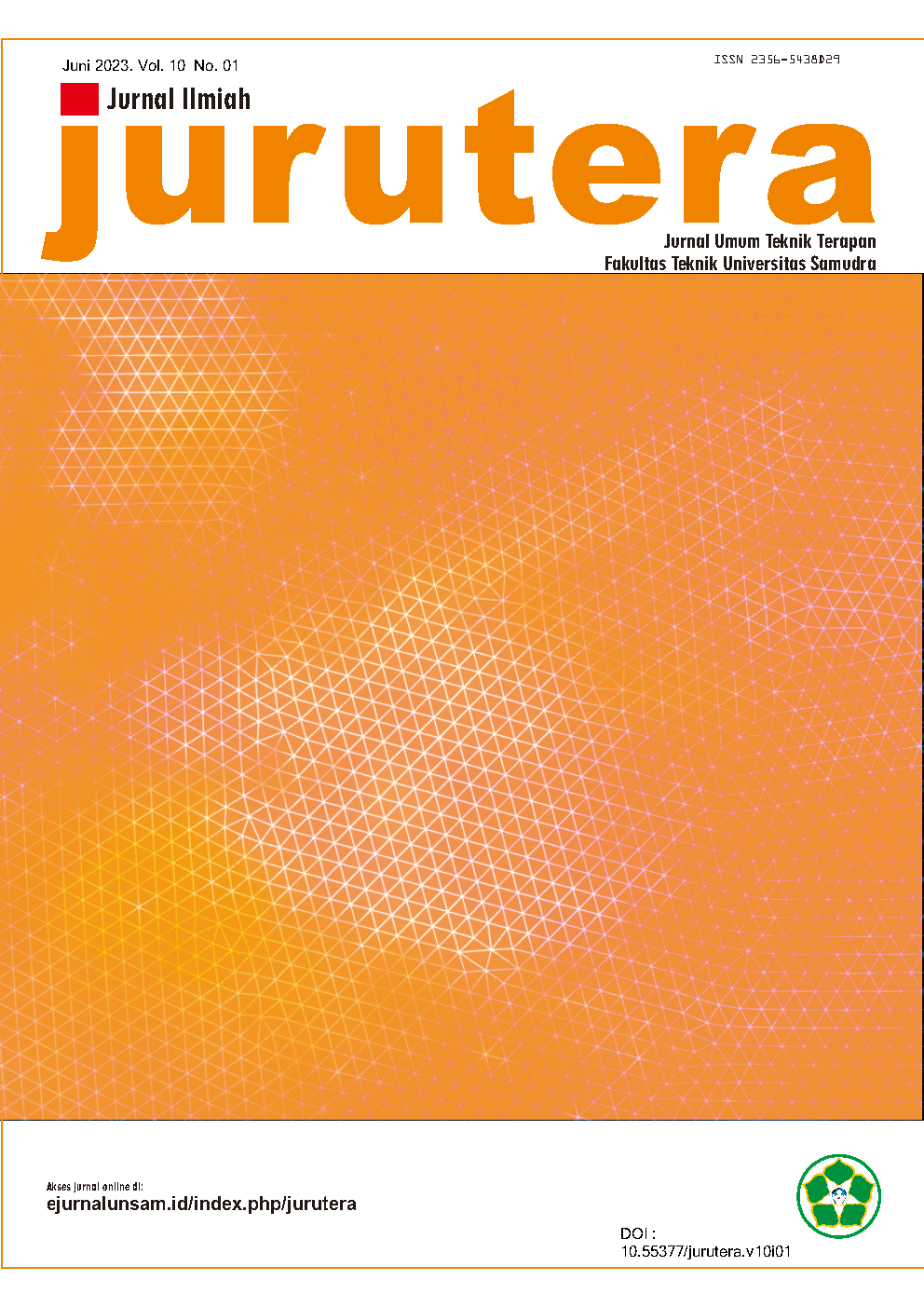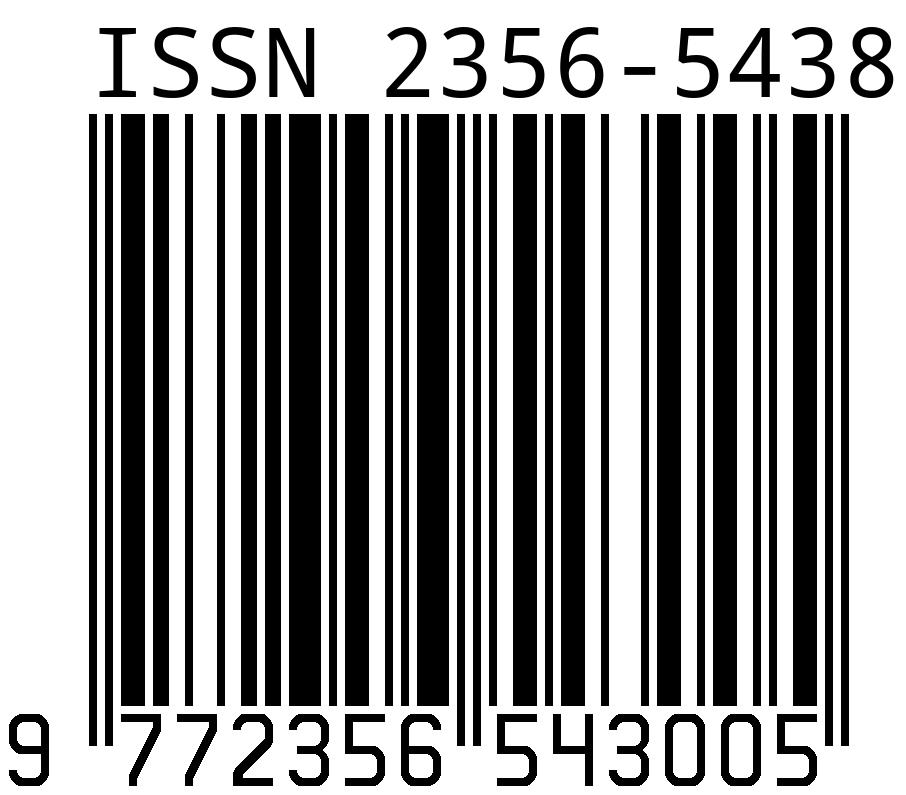Effect of Nacl Solution on Protection Rate of BJTP 40 Steel (SNI 07-2052-200219) With Sacrificial Anode Cathodic Protection Utilizing Zn Anode
Abstract
Reinforced concrete is a crucial element in infrastructure. However, it is unfortunate that the issue of corrosion in reinforced concrete structures has a significant impact and requires detailed consideration. Since the 1980s, research on corrosion-related problems has been initiated, one of which involves the SACP (Sacrificial Anode Cathodic Protection) approach using Zn sacrificial anodes. The purpose of this method is to control the corrosion rate in reinforced concrete. Environmental factors, such as the composition of solutions, play a role in influencing the resulting corrosion rate. Therefore, research is conducted by applying different solutions, namely 4% and 5% NaCl solutions, as well as Freshwater. This aims to compare the effects of these solutions on the measured corrosion rate using Zn anodes. The test results over a 4-week period indicate that the 5% NaCl solution exhibits a very high corrosion rate, as evidenced by the corrosion potential value of -790.3 mV. Conversely, the freshwater solution demonstrates a lower corrosion rate, with a corrosion potential value of -225.6 mV and a corrosion risk of only around 10%. This research provides a deeper understanding of the impact of solutions on the corrosion rate in reinforced concrete and offers a more scientific and contemporary perspective in line with current developments.
Copyright (c) 2023 Syamsul Bahri Widodo, Nazaruddin Abdul Rahman, Zainal Arif, Joshua Tri Saputra

This work is licensed under a Creative Commons Attribution 4.0 International License.
All copyright for all articles belongs to the authors.














